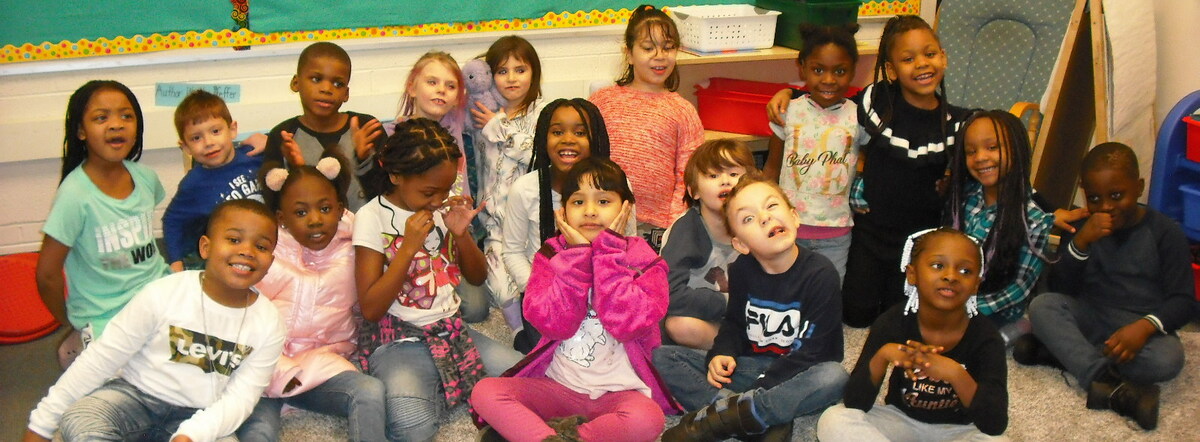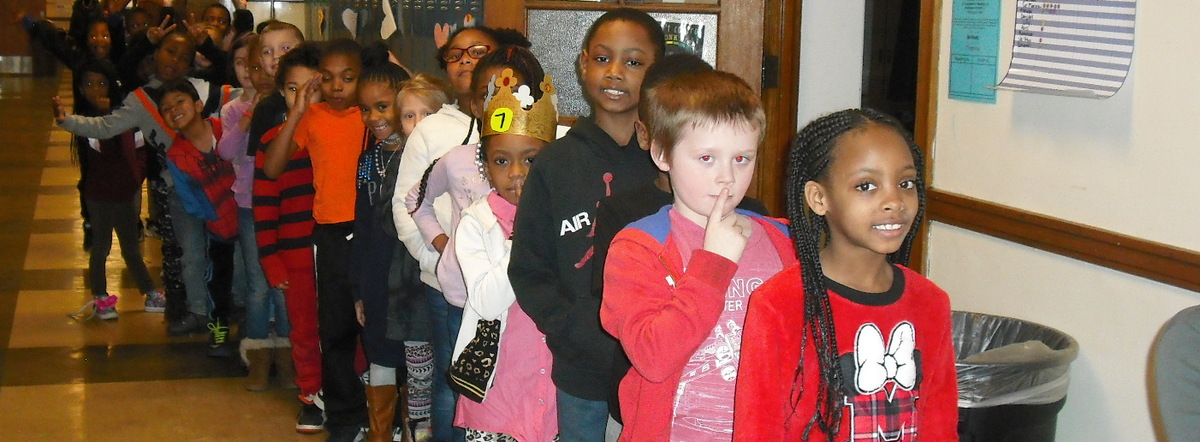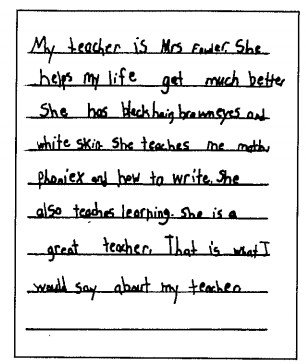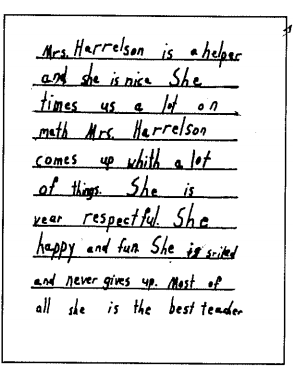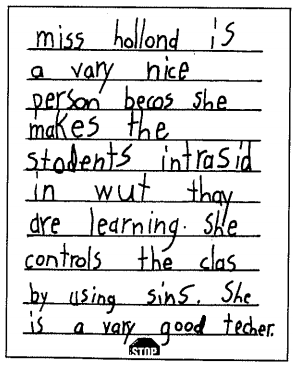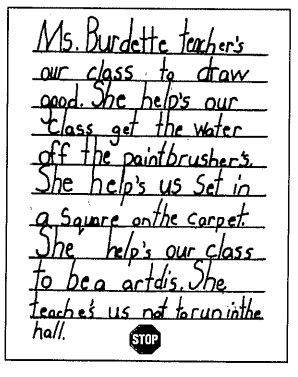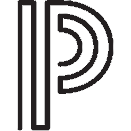First Grade Learning Goals and Resources
Reading
End of Year Goals
Goals
- Distinguish long from short vowel sounds in spoken single-syllable words
- Orally produce single-syllable words by blending sounds
- Pronounce initial, medial vowel, and final sounds
- Decode regularly spelled one-syllable words
- Ask and answer questions about key details in fiction and nonfiction text
- Describe characters, settings, and major events in a story
- Compare and contrast characters in stories and two texts on the same topic
- Identify the main topic and retell key details of a nonfiction text
- Read grade-level text orally with accuracy, appropriate rate, and expression
Learning Resources
Learning Tools
- Britannica Learning Zone
Play and read to learn letters, numbers, shapes, and more
- World Book Early World of Learning
Read-along stories and pictures help teach students basic concepts
- Storyline Online
Award-winning children’s books read aloud by celebrated actors
- PBS Kids Reading Games
Light, fun online activities that help teach beginning reading skills
Read by Grade Three
Writing
End of Year Goals
Goals
- Write an information piece focused on a topic; minimum of three sentences
- Write a narrative piece with a clear sequence of events and transition words
- Write an opinion piece with supporting reasons; minimum of four sentences
- Use capital letters appropriately
- Use correct end punctuation
- Correctly spell some high-frequency words
- Use inventive spelling
Math
End of Year Goals
Goals
- Use addition and subtraction within 20 to solve word problems by using objects, drawings, and equations and add and subtract within 20 using a variety of strategies such as counting on or back, making a ten, and doubles plus or minus 1 or 2.
- Understand place value: the two-digit numbers of a two-digit number represent amounts of tens and ones.
- Organize, represent, and interpret data with up to three categories and ask and answer questions about the data.
- Identify basic shapes by their attributes and partition circles and rectangles into two and four equal shares describe the resulting shares using the words halves, fourths, and quarters.
Learning Resources
We use Everyday Mathematics (Edition 4), which is a comprehensive Pre-K through grade 6 mathematics program developed by the University of Chicago School Mathematics Project and published by McGraw-Hill Education.
Learning Tools for Everyday Mathematics:
- 1st Grade Everyday Math (EM4)
- EM4 Math at Home: Help organized by section (unit) for Home Link problems (English and Spanish), selected answers, vocabulary definitions, videos, games and more!
Family Letters
Stay up-to-date on what your child is learning in class. Family Letters contain background information, vocabulary, games and more for each section (unit).
- English Family Letters
- Spanish Family Letters (coming soon)
Student Log-in Information
ClassLink - connectED
Use this link to connect to Everyday Mathematics Today’s Lesson, Math Games, Tutorial Videos, Math Toolbox, the Student Resource Book and more.
i-Ready
Once your student has logged into classlink they can access i-Ready Math lessons that are at their level.
Additional Resources
- Becoming a Math Family
A website from the University of Chicago that helps support math learning for 3 to 6-year-olds
- PBS Kids Math Games
Fun online math games
- Math Games with a Deck of Cards
Practice math facts and other math concepts with a deck of cards and two players.
- What is a Ten Frame?
Use a Ten Frame to help your child develop strong number sense, place value sense, and fact fluency.
- DREME blog
Resources and activities for developing math skills
- GVSU Regional Math & Science Center
Math games and activities you can play at home or (school). Most everything you need is included: Rules, materials, and possible questions. In most cases, a video to show how to play the game is provided.
- Talking Math With Your Kids
Math is everywhere in our world! You'll find lots of ideas for talking about math with your child--some you've never even thought of.
- YouCubed
Engaging and inspiring math games, tasks, videos, and articles to help students develop a "Math Mindset."
Science
Topics Learned
Physical Science (Motion: Pushes and Pulls)
- Position Observations
- Motion Observations
- Push & Pull Forces
- Collisions (cause change in direction and speed)
- Explain Motion
- Gravity
- Causes of a Change in Motion
Earth Science (Weather and Climate)
- Weather Observations
- Collecting Weather Data
- Temperature
- Sun/Shade
- Wind
- Cloud Observations (cloudy, partly cloudy, dark, white, etc.)
- Measuring Rain
- Snowflakes, Hail, and Sleet
- Seasons
Life Science (Plants and Animals)
- Living vs. Nonliving
- What Living Things Need
- Plant/Animal Habitats
- Worm/Pill Bug Observations and Investigations
- Plant Seeds
- Plants and Animals Cause Change
- Human Impact on Habitat
Learning Resources
Learning Tools
- Cereal City Science Website
MPS elementary current science curriculum
- Critters in the Classroom!
Information about Fiddler Crabs in the first grade classroom
Additional Resources
Social Studies
Topics Learned
Subject Areas
- History: Students study the history of their family and school to learn chronological thinking and how to use historical sources. Students compare the present with the past.
- Geography: Students learn the concept of Place by constructing simple maps, learning examples of absolute and relative location, and differences between land and bodies of water. Students also study human and physical characteristics of the earth.
- Economics: Students begin to learn basic concepts of economy through discussion on Wants and Needs. Students will understand the difference between Producers and Consumers as well as how Scarcity and Choice affect the economy.
- Civics/Government: Students begin learning basic concepts of government through activities around rules, enforcing rules, fairness, and conflict resolution. They gain exposure to symbols of America to help build an understanding of citizenship and patriotism.
Learning Resources
Learning Tools
- Our Curriculum for Grade 1: MAISA Social Studies Units, Grade 1
- Discovery Education : Students log in through Classlink
